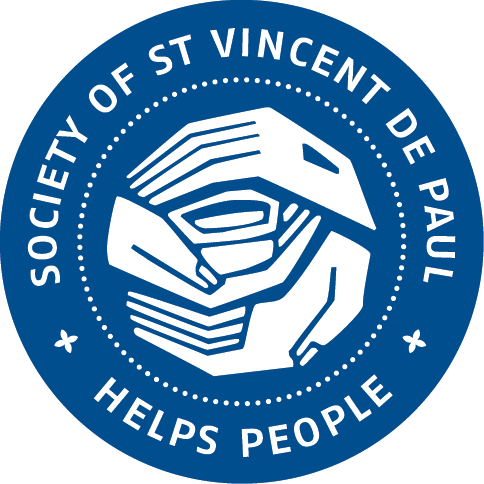Suffrage in Stitches: Opening Night











A crowd of makers and friends gathered in every available nook and cranny of Wellington Museum. Anticipation mounted, pride filled the room, a palpable connection with our women of 1893 evident in the buzz. All felt indebted to their courage and foresight to campaign to make society a better place. 546 women from 1893 and beyond honoured by 600 makers in 2019. Stories and tributes stitched and portrayed on panels.
The speeches were exceptional. Caroline O’Reilly of Vinnies Re Sew, who made the idea a reality talked of her vision and was warmly applauded by all present. Jackie Lloyd from the Wellington Museum Trust, spoke of the privilege of hosting the panels, Vanisu Dhiru the National President of the National Council of Women honoured the women of 1893 and 2019 and told her story of embroidering a panel. The Associate Minister of Art, Culture and Heritage Carmel Sepuloni opened the exhibition with gratitude and enthusiasm. We all moved forward with anticipation into the exhibition which came alive with eager makers and friends searching for their work. Stories were shared as women from Invercargill met with women from Kaitaia, the West Coast and Napier.
We absorbed the stories; Phillippa Terrill and Fanny Oliver took their husbands to court and won, Mrs Jane Yandle was a taxidermist and furrier with moderate rates, and Harriot Cobb was an accomplished photographer. Martha Tempest Broadley survived a shipwreck in the Caitlins, Susanna Isherwood and Henrietta Letitia Smith were foundation members of the National Council of Women, Penelope Caroline Valpy was from remote Glenorchy. Mrs Morrisey signed on behalf of Mrs Mulrooney who couldn’t write. Elizabeth Stephens was raped by the constable and won her court case. Mrs Clarke had 14 children, Ngarona Ihakatu was part of the Maori Women’s movement to prohibit the use of alcohol and Mary Anne Muller campaigned anonymously under the pen name Femina.
Through all these remarkable stories came the realisation and gratitude that “they signed for us.” All wanted a better life …..we were excited and inspired as thousands of stitches gave light to these remarkable women of courage and vision.
All the makers started with a name, a piece of fabric and minimal guidelines. Many had a family connection, others a name only. They researched, pondered, found their story, selected colours, fabrics, and started stitching getting closer to their woman as they went. One maker had members of their family all contribute a stitch, some used heirloom fabrics, many copied photos onto fabric. Stories were told through fabrics, gloves and lace. Adorned with buttons, earrings, rosettes, feathers, beads, pins and badges, pieces of blanket and tartan, patchworked stories gave voice to our forebears. 46 special stitches on each panel honoured the other signatories and ensured that all the women who signed the petition are represented in the exhibition. Panels of equal size, with huge stories and profound impact.
Alyson Howell | Writer and Maker
Note Kate Patterson (maker) and Alyson Howell( writer) proudly wore hand-stitched heirloom capes to the opening. They belonged to their great-grandmother Susanna Isherwood (Panel 186) who wore these capes to suffrage meetings, and to the first NCW meetings in Christchurch.
